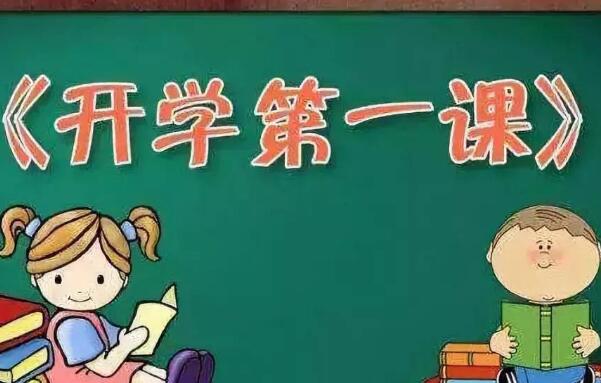The Xinhai Revolution or Hsinhai Revolution, also known as Revolution of 1911 or the Chinese Revolution, was a revolution that overthrew China's last imperial dynasty, the Qing (1644–1912), and established the Republic of China. The revolution was named Xinhai because it occurred in 1911, the year of the Xinhai stem-branch in the sexagenary cycle of the Chinese calendar
The revolution consisted of many revolts and uprisings. The turning point is the Wuchang Uprising on October 10, 1911, that was a result of the mishandling of the Railway Protection Movement. The revolution ended with the abdication of the "Last Emperor" Puyi on February 12, 1912, that marked the end of over 2,000 years of Imperial China and the beginning of China's Republican era.
In general the revolution was a reaction to three main factors: (1) the declining Qing state and its inability to reform and modernize China to confront the challenges posed by foreign powers, (2) to reverse domestic decline, and (3) the majority Han Chinese's resentment of the ruling Manchu minority. Many underground anti-Qing groups with the support of Chinese revolutionaries in exile had tried to overthrow the Qing. The brief civil war that ensued was ended through a political compromise between Yuan Shikai, the late Qing military strongman, and Sun Yat-sen, the leader of the Tongmenghui (United League). After the Qing court transferred power to the newly founded republic, the formation of a provisional coalition government was created along with the National Assembly. However, political power of the new national government in Beijing was soon thereafter monopolized by Yuan and led to decades of political division and warlordism, including several attempts at imperial restoration.
同问。。。
用户登录
还没有账号?立即注册
用户注册
投稿取消
| 文章分类: |
|
还能输入300字

上传中....








 Fireworks75701371
Fireworks75701371

